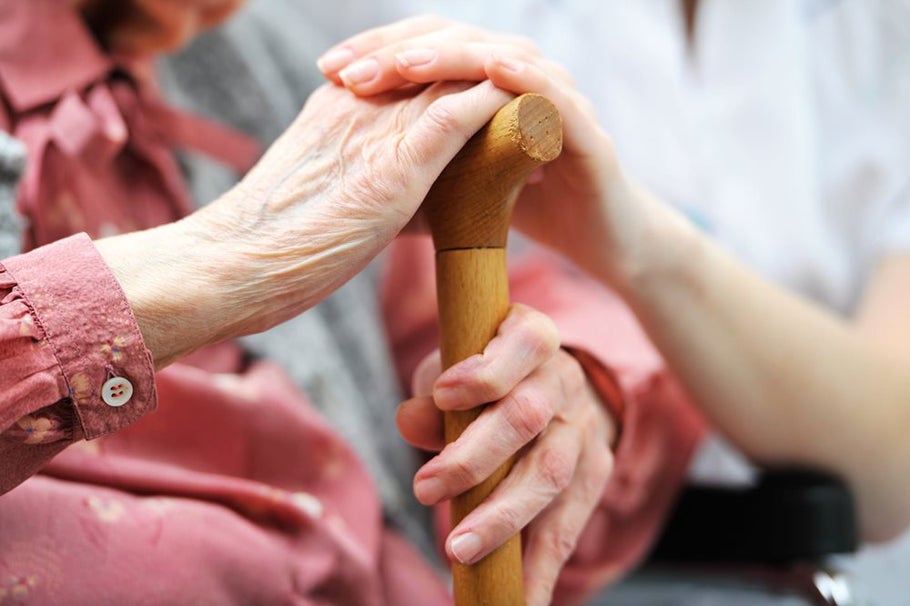Scotland's new building design standards and regulations
In April 2018 the ‘Building better care homes for adults’ publication came into effect setting out minimum requirements for environmental standards in care homes.
Business. Built around You.
Your expert business property advisers

We became aware in August 2020 that the Care Inspectorate were proposing new design standards for care homes incorporating lessons learned from COVID-19. They planned to supersede the previous document with significant new changes and implement them by the end of September 2020. Little or consultation was had with providers and/or Scottish Care.
Amongst a group of professionals, we were able to raise our concerns direct to the Care Inspectorate and ask Scottish Care to intervene. The result was an admission that the proposed new document had perhaps been rushed and that better consultation with those directly affected would need to take place and a pause was put on the document.
The original group reviewing the proposal, mainly made up of Care Inspectorate and NHS/HSCP staff, are planning to meet again this week and Scottish Care have been included in this round of the consultation. It has been suggested that the final version could be implemented by the end of January 2021, which is clearly not the meaningful consultation with the sector that needs to happen.
The document will not only set out standards for new builds but also existing homes looking to sell and be re-registered. Having looked at the current provision in Scotland including all recent new builds and those under construction, it would effectively make the entire sector non-compliant overnight!
Some of the changes in the document include:
• The adoption of self-contained small group living settings of no more than 10 people – incorporating one assisted bathroom, staff toilet/changing facility, a sluice and DSR
• Premises should be single storey with independent access to the outdoors – no more than 60 residents in total. If extending above one storey then independent outside access through balconies must be incorporated
• Wet rooms must be a minimum of 6m2 (vs 3.5m2 currently)
• Communal space per resident must be a minimum of 6m2 (vs 3.5m2 currently)
• Single bedrooms must be a minimum of 16m2 (vs 12.5-13m2 currently)
Martin Daw, Senior Director, Christie & Co, comments:
“Given the year that the care sector has had, changes to infection control standards could be a real positive for homes across the country. Occupancy is at an all-time low as many families opt to care at home for their relatives in a bid to reduce their potential exposure to infection, and so measures to bring these infection rates down are likely to return confidence to anxious service users, their families and care home operators alike.
“The implementation of these changes by the Care Inspectorate are designed to have a positive impact on reducing the spread of infections in care homes, but what the CI have proposed appears to be a knee jerk reaction to the problem that could be better considered. Their changes are seismic and come with little concrete evidence to support the decisions.
“They seem to be ignoring the devastating impact it will have across our sector at a time when it has already been stretched to breaking point. If these new standards are adopted, the shift in cost would see the growth of the sector grind to a halt. The additional land required would increase land purchasing costs then the larger footprint, services required, and staffing structure would see the cost increase well beyond affordable.
“Whilst the race to meet the increasing demand for care beds in Scotland continues, this would see the social sector hit crisis point as the number of beds provided would not come close to meeting the numbers required to support our increasing ageing population.
“It also drags less compliant (typically older buildings) homes further away from new standards and existing owners would be faced with it being near enough impossible to sell their business or make the improvements required to continue to trade. Some of the best care is still provided in environments that don’t tick all the boxes. Quality of care goes beyond the environment.”